DAY 09: VARANASI
Early morning we can go for boat ride at river Ganges, view activities in the city revolves around the holy river. Life on the banks of the Ganga begins before dawn when thousands of pilgrims -men, women and children, come down to the river to wait for the rising sun. Gradually the sun rises, and the river mists slowly lift to reveal the magnificent buildings that have a solemnity unmatched by any city in the world. Soon after the sunrise, the city’s great amphitheatre of Ghats burst into activity. In the charged holistic atmosphere of the morning venerable Brahmins (known as Pandas) recite passages from sacred texts, priests dispense holy ashes to pilgrims to mark their foreheads in veneration of the gods. Boatmen, flower seller, shrill- voiced sellers selling sweetmeats and knick knacks, sacred bulls and cows roam around. You can witness all these activities during boat ride. Return to hotel for breakfast. After breakfast we start the city tour covering Sankat Mochan Hanuman Temple. The Sankat Mochan Hanuman Temple Is located by the River Assi and was made in the 1900s by the freedom fighter Pandit Madan Mohan Malviya. It is devoted to Lord Rama and Hanuman, next we visit Golden Temple (Kashi Vishwanath). The Golden Temple Is dedicated to Lord Shiva and built by Ahalya Bai of Indore in 1780. 800 kg of gold plating on the Tower provided by Maharaja Ranjit Singh of Lahore. The temple situated on the western Bank of the holy river Ganga, the holiest of Shiva temples, followed by visit to Kal Bhairav Temple which is one of the ancient temples of Lord Shiva that can be found in Varanasi. This temple has a strong link with the history and culture of the city. Kal Bhairav Temple is the fierce form of Lord Shiva. The deity is portrayed as a man wearing garlands made with human skull. It is said that the death itself is afraid of this form of Lord Shiva. Mrityunjay Mahadev Mandir – This temple is dedicated to the Lord Shiva and situated on the way from Daranagar to Kalbhairav temple. There is an ancient well which has much Religious importance and It is believed that water is curable to several diseases. The temple opens early in the morning at 4.00 am and closed late night at 12.00 pm. Arti timings are at 5.30 am, 6.30 pm and 11.30 pm. Continue the trip and visit BHU and Durga temple, which is also known as Monkey temple (because of the présence of huge number of monkeys), situated in the Durga Kund, Varanasi. The temple is dedicated to the Goddess Durga. It was built in the 18th century. Durga temple was constructed by a Bengali Maharani in the north Indian Style with multi tiered shikhara. An attractive pond known as the Durga Kund is made on the right side of the temple which really increases the beauty of the temple. The pond has stone stairs at all sides as well as there is watch pillar at each corner of the pond. Afternoon at leisure. Overnight at hotel.
P.M. visit Sarnath approximately 10km (6.2ml) from Varanasi City. Lord Buddha chose Sarnath to deliver his first sermon, in a Deer Park, after his enlightenment. Hence it was here he established his sangha or first disciples to promote his new doctrine. It makes Sarnath one of the most venerated Buddhist places. Besides Buddhism, Sarnath is also connected with Jainism. Shreyansanath, the Eleventh Tirthankara of Jainism was born in Singhpur, a village approximately one kilometre away from the site. Sarnath is one of the 4 most sacred places for Buddhists where Lord Buddha gave his first sermon to his five disciples after enlightenment in Bodhgaya.It is here that the first Sangha was created. The other three important sites being Lumbini, the site of birth; Bodhgaya, the site of enlightenment; and Kushinagar, the site of Nirvana of Lord Buddha. The main attractions in Sarnath are the Deer Park, the Chaukhandi Stupa, the place where Lord Buddha first met his 5 disciples, Dhammek Stupa (Dhamekha Stupa), the place where Lord Buddha gave his first sermon. Mulagandhakuti Vihara, the place where Lord Buddha had spent his first rainy season. You can see the Ashoka Pillar (Ashokan Lion Pillar), which was found amidst the ruins, and is re-structured from the remnants of the real Ashoka Pillar. It is kept in the Archeological museum which also treasures the most beautiful statues of Buddha.
In the evening, experience the Hindu ritual “Aarti”. Aarti refers to the songs sung in praise of the deity, combined with the offering of the lamps. Hindus in India worship the river Ganges as goddess. Every evening in Varanasi, aarti is performed at the Dashashwamedh ghat. We can reach the Ghat through intricate labyrinths and watch it by the Ghat or from the waterfront sitting in a boat. The atmosphere is majestic, resonant with the sound of bells, drums, cymbals etc. It is beautiful to watch the precise choreography involving rituals performed by several priests. Return to hotel and overnight in Varanasi.

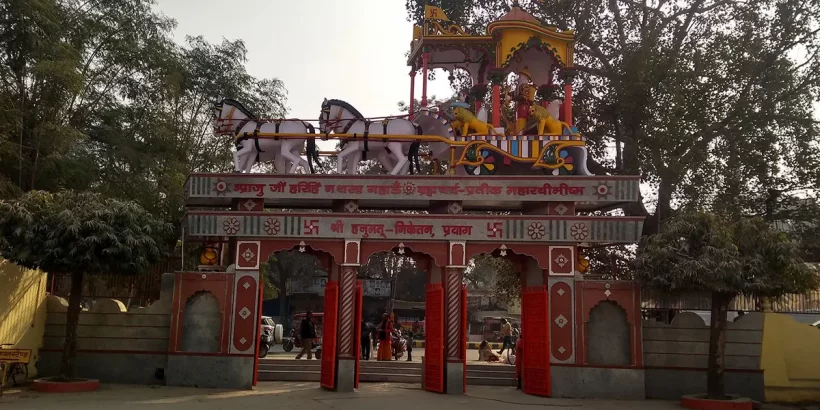
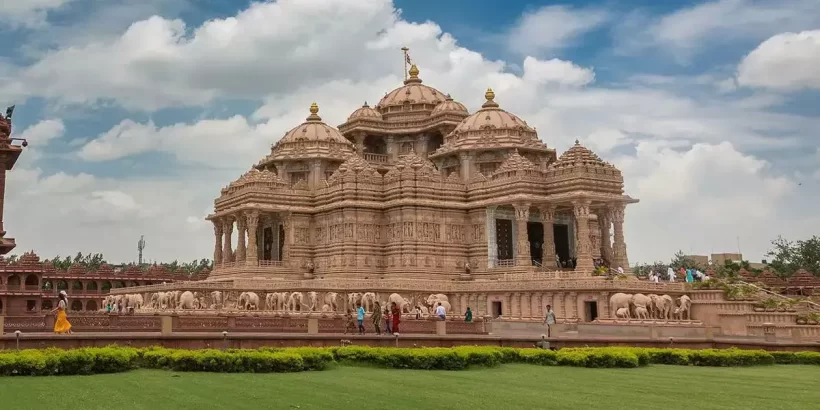
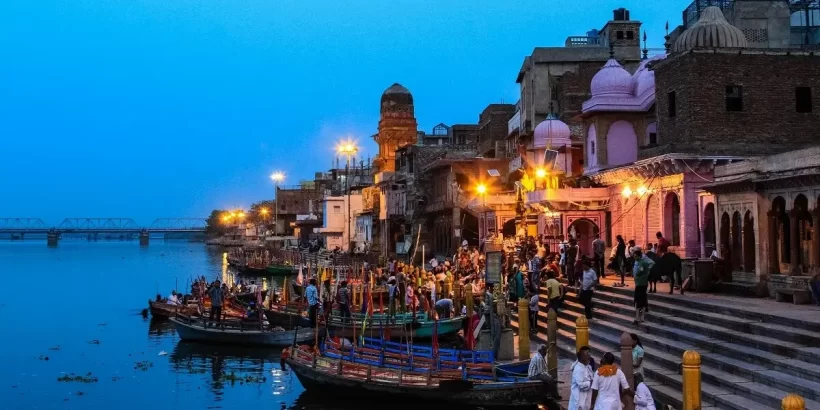
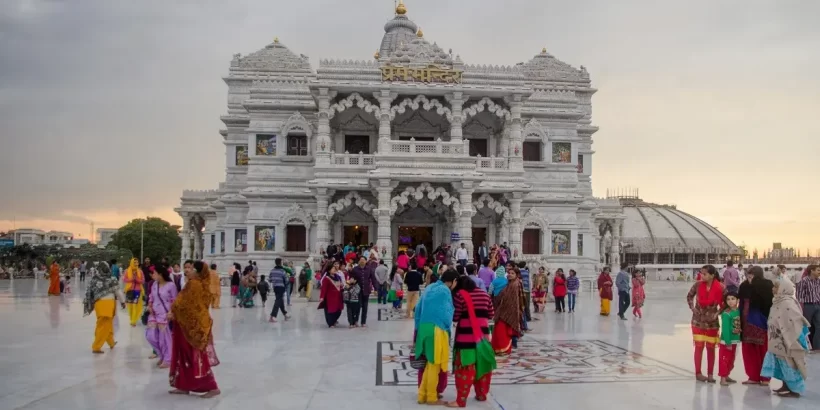
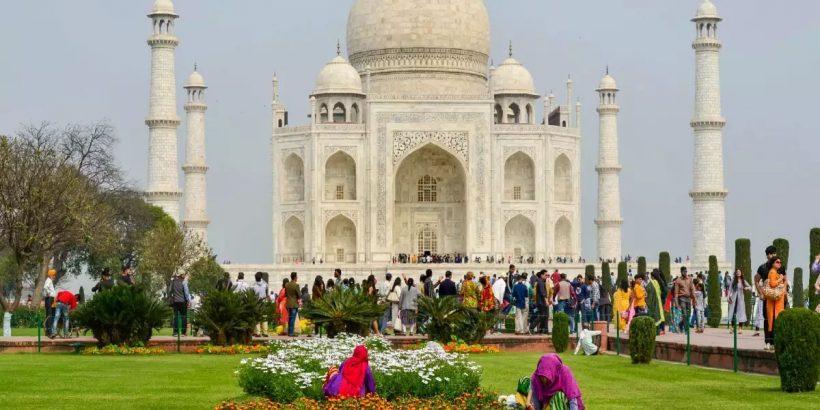
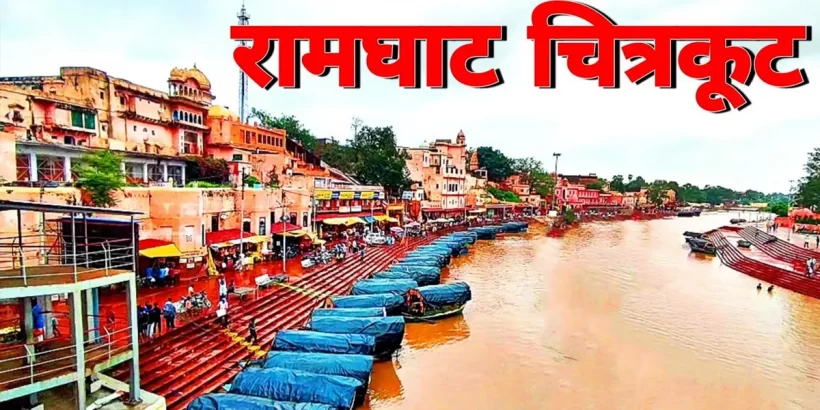
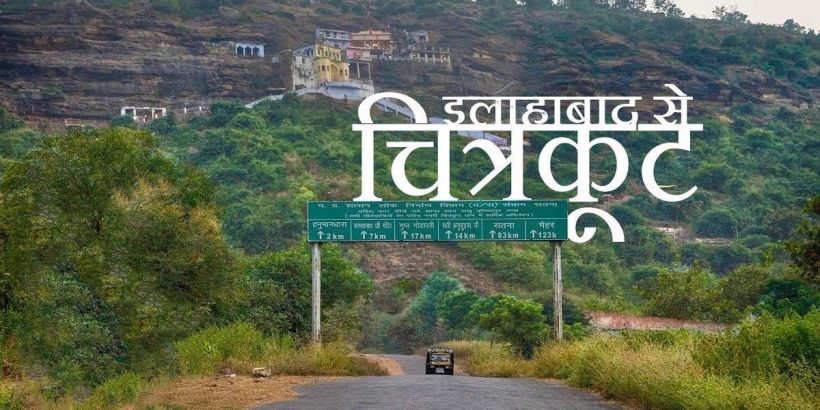
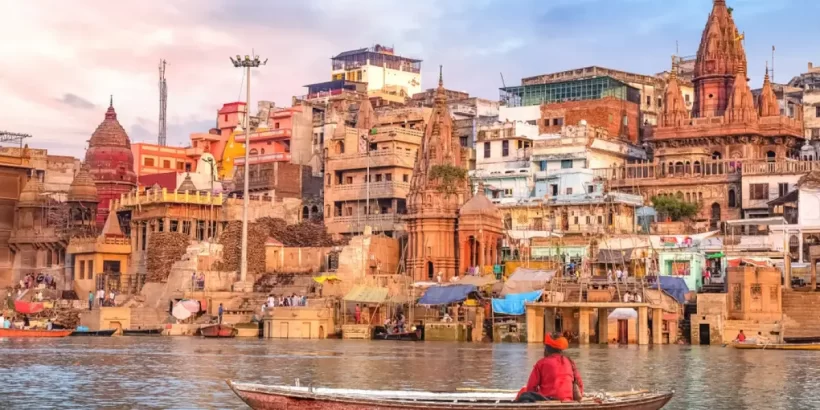
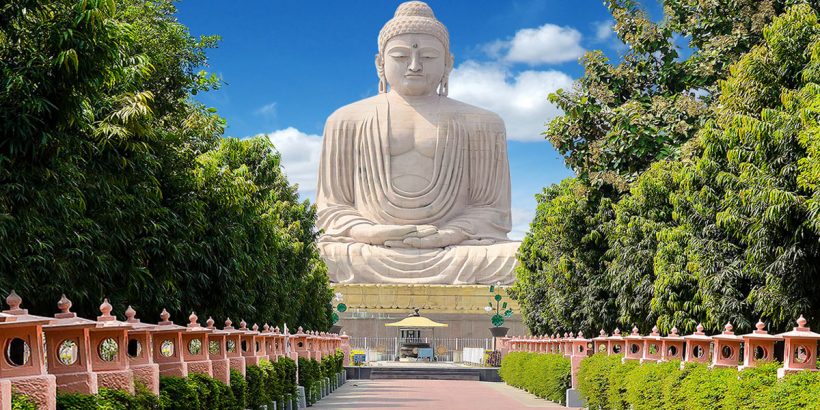
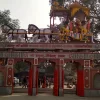
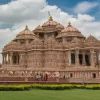
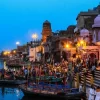
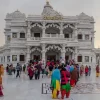
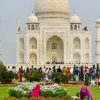
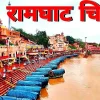
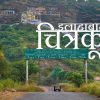

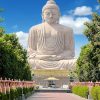
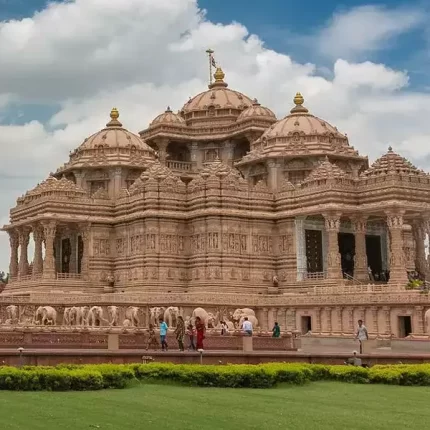
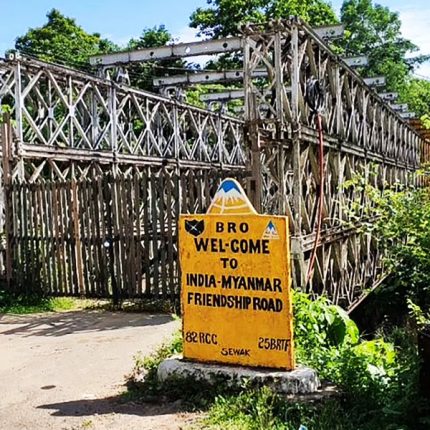
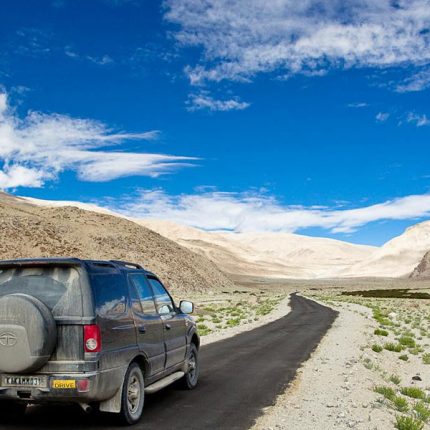
Reviews
There are no reviews yet.